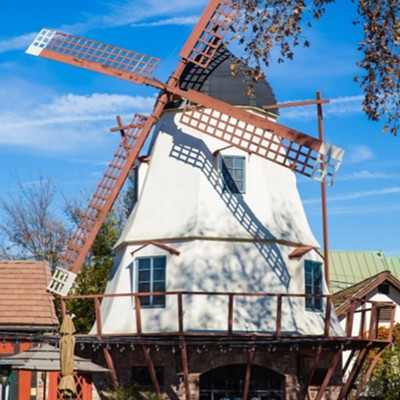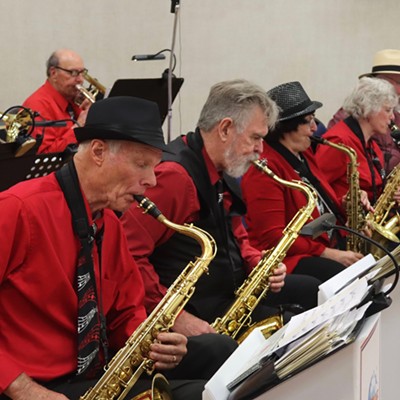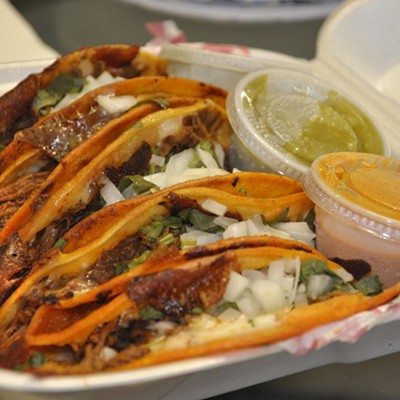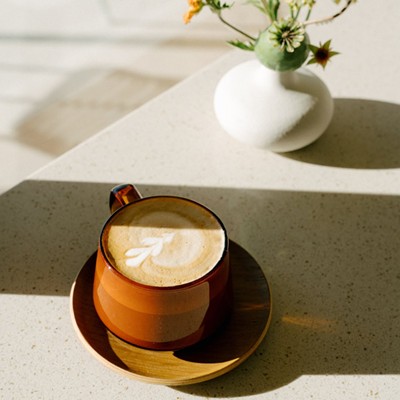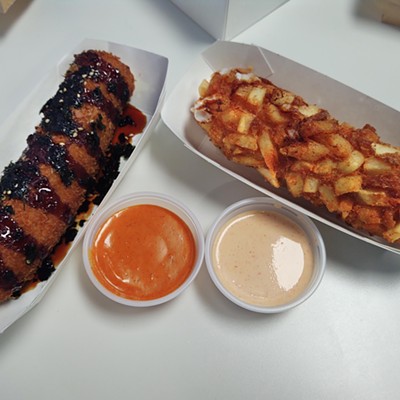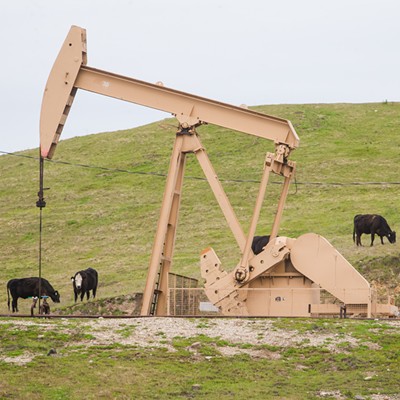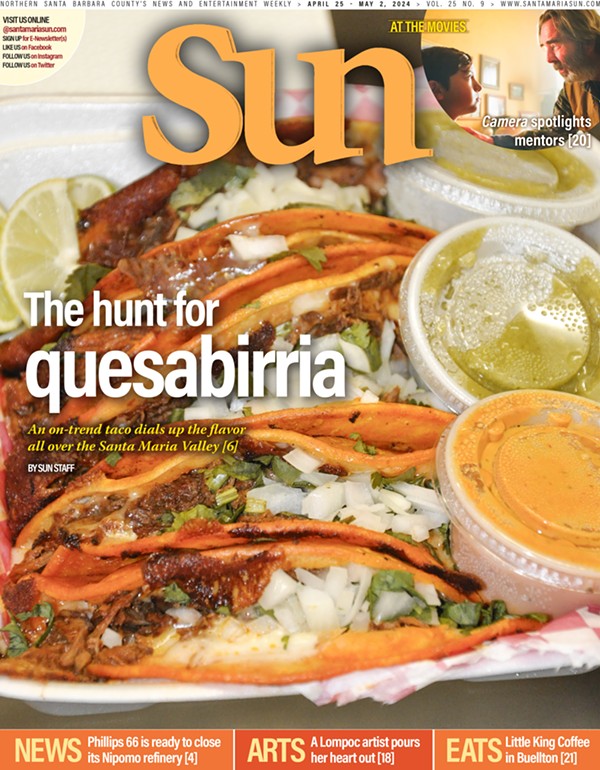As much as she loves scuba diving and paddle boarding, moving closer to the ocean was more of a work-related decision for winemaker Alisa Jacobson.
“That fog that comes off the ocean and the winds do help develop the flavors that I like in wines,” said Jacobson, who moved to the Central Coast from Sonoma County near the end of 2020.
She ended up buying a house in Shell Beach but sought to establish her new winemaking operation farther south, in the Santa Ynez Valley, rather than Edna Valley, although the latter is much closer to home.
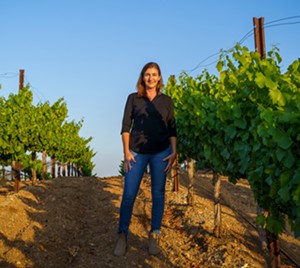
“I liked the fact that you could grow a lot of different varieties there,” Jacobson said, discussing how Santa Ynez “checked all of her boxes” in terms of what she was looking for from an ideal winemaking region. “I like Edna Valley, but you’re looking at two main varieties there, pinot and chard. I liked that Santa Ynez had a diversity of different areas, and lots and lots of varieties you could find out there.
“They also have a lot of natural groundwater,” she added.
Growing grapes in an area that doesn’t require too much supplementary water ties into Jacobson’s philosophy of discouraging wastefulness and encouraging sustainability in the wine industry. Jacobson doesn’t claim to be 100 percent sustainable, but she constantly adapts the latest environmentally conscious approaches to winemaking and wine business practices through new research each year.
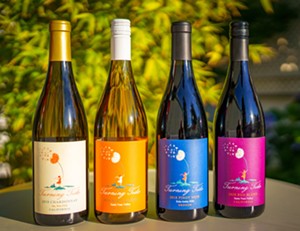
“There’s no real playbook for it, so we all need to have these talks and discussions to figure out what we should all be doing [in the wine industry]. We’re all still trying to figure it out,” said Jacobson, who is co-organizing a sustainability seminar at the Unified Wine and Grape Symposium, a three-day expo held in Sacramento at the end of January.
One of Jacobson’s sustainable practices has to do with packaging her Turning Tide label, which sources grapes from Santa Barbara County and winemaking regions in Oregon, in low weight bottles. This carbon-reducing approach falls in line with Jacobson’s aim to “turn the tide on climate change,” by following the guiding principles of regenerative agriculture.

“The best thing you can do on the packaging side to help sort of lower your carbon emissions is buy a lighter weight bottle,” she said. “You know how people got really excited in the last decade or so about these super heavy bottles, but it’s just kind of wasteful.”
The approach is also beneficial for business in general, because less weight means lower transportation costs. Jacobson also uses recycled paper and compostable ink to make her foil-free labels.
As for the wine itself, Jacobson carries over her “less is more” attitude to alcohol percentages as well.
“Sometimes the alcohol just overwhelms the rest of the wine,” said Jacobson, who believes that lower alcohol levels allow for more complex nuances in her libations to shine—the subtle aromas and flavors at risk of being overshadowed by higher alcohols.
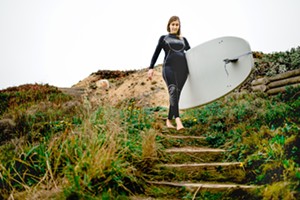
Jacobson’s Santa Ynez-sourced white wine for example has a 12.5 percent alcohol level. It’s one of her personal favorites, especially as a casual, lunchtime wine, because of its low percentage and pairing flexibility.
“If you want a glass of wine during lunch, you don’t want something that’s 16 percent alcohol; you want to get back to work afterwards,” she said.
Many of Jacobson’s Turning Tide wines can be found at the Santa Ynez Valley Wine Collective. You can also find her chardonnay in San Luis Obispo, available by the glass at the 1865 Craft House and Kitchen. It pairs well with the venue’s pizzas and flatbreads, she said.
“If you have a balanced wine, that’s going to generally pair with food, rather than something that’s just big and over the top, like super oaky or super alcoholic, because then it gets specific, and won’t always fit with what you’re eating,” Jacobson said.
Send your favorite pizza pairings to Arts Editor Caleb Wiseblood at [email protected].


